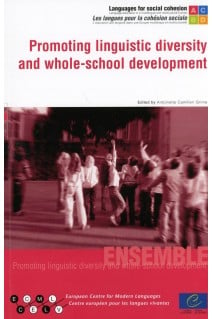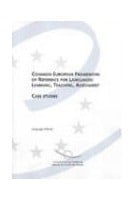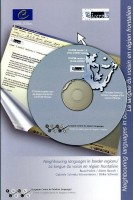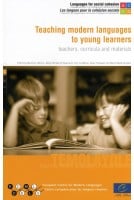


Chapter 1
Introduction - Promoting linguistic diversity in school
Chapter 2
Parent power: parents as a linguistic and cultural resource at school
Chapter 3
The Sorbian WITAJ project and the role of applied linguistics in the development of materials
Chapter 4
The growth of a bilingual school: a principal's perspective
Chapter 5
Ready, steady, go! The teacher as participant in school language policy
Chapter 6
Summary and dissemination
Contributors









Please note that in accordance with our terms & conditions, PDF/epubs may only be purchased by private individuals.
